What does the PS5's design mean for the PSVR 2's design?
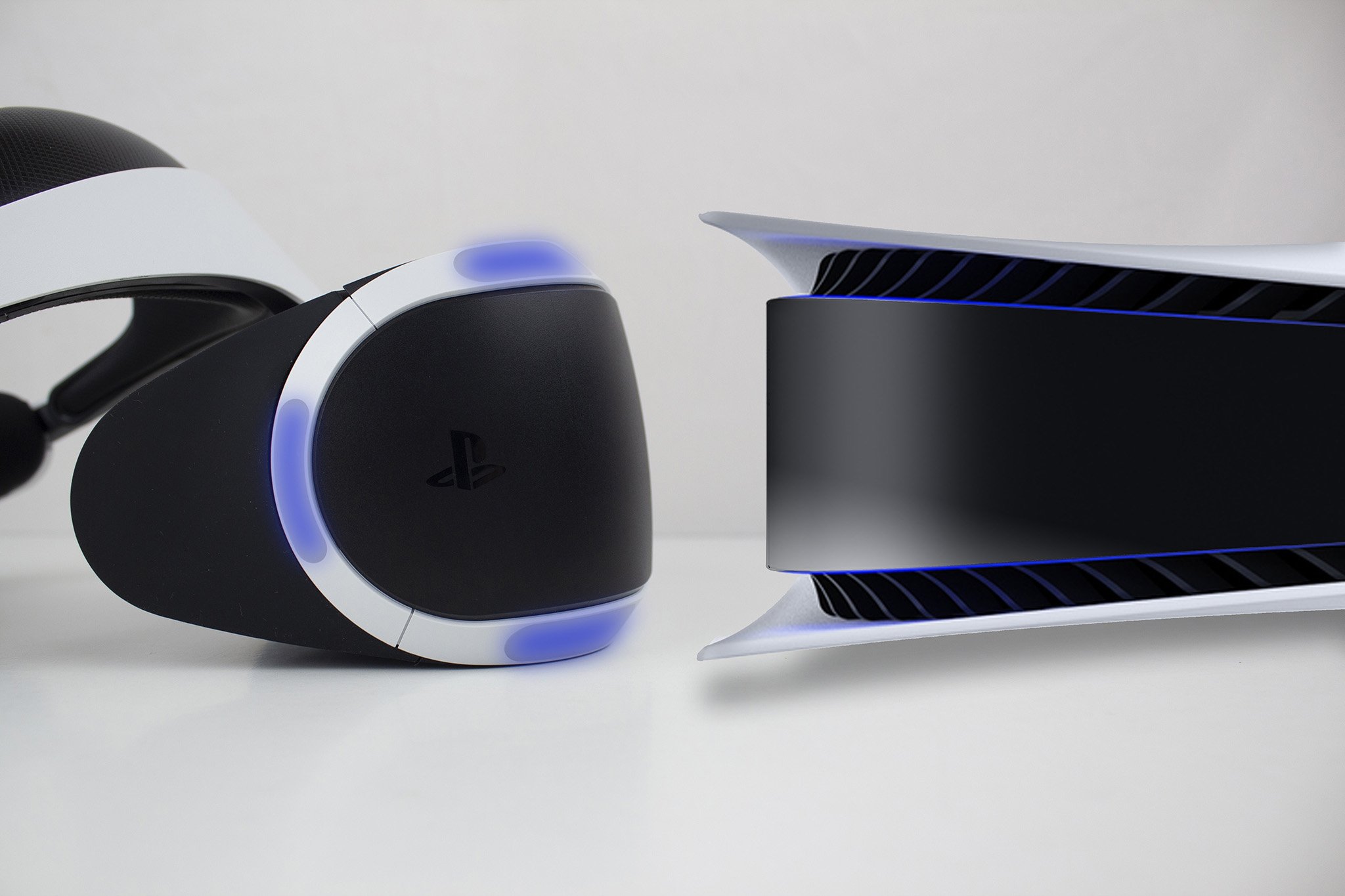
Last week, Sony officially unveiled the PS5's design and several games being developed for the next-generation gaming console. As expected, though, Sony did not unveil the second-generation PlayStation VR, but what we've seen from the PS5 gives us some pretty clear indicators of what can be expected from the PSVR 2, especially in terms of design.
Obvious as black and white
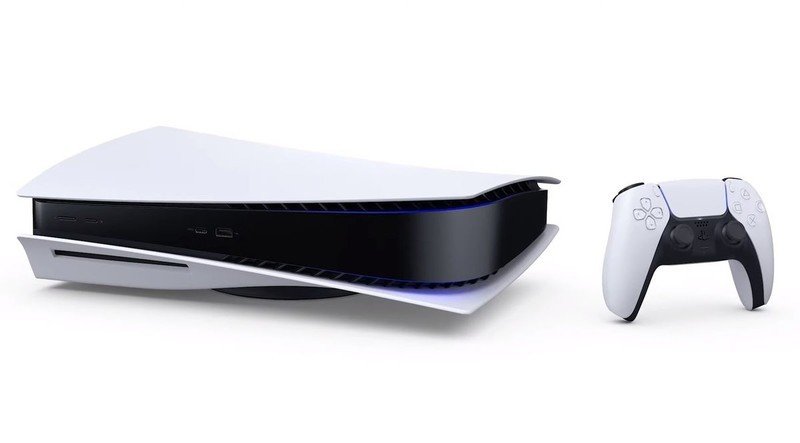
While the PS4 launched in all-black and with clear throwbacks to the PS2's design, the PSVR looked entirely different. The familiar black body was suddenly clad in a white shell, complete with glowing blue lights all around the front and back. The PS5's design, too, is nearly identical in this fashion. A black body is covered in a white shell with blue lights emitting from several different places all around the console itself.
Even the controller follows this line of thinking and design, eschewing the all-black look from the PS4 and adding a stylish white shell around much of the surface with hints of glowing blue here and there. As such, there's little to no reason to think the PSVR 2 won't follow suit, in terms of design. The PSVR already established what, clearly, has become Sony's new PlayStation hardware design language and the PSVR 2 will likely continue with a similar design style as the original release.
The basics are available day one
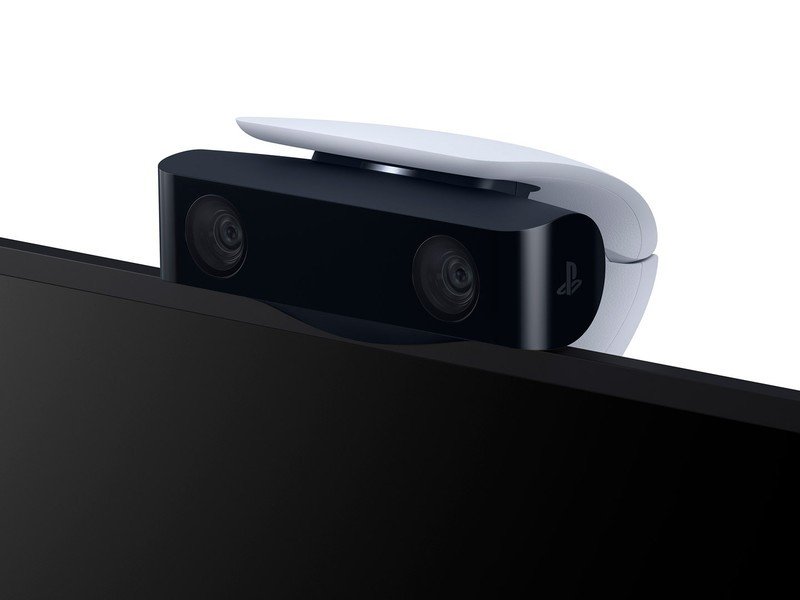
Aside from a radical new design, Sony surprised many with the announcement that the PS5 will be shipping alongside a brand new PlayStation Camera (pictured above) and a PULSE 3D wireless headset.
But that's not just any old boring webcam; it's a camera with dual 1080p lenses that appear to far eclipse the abilities of the PlayStation Eye camera on the PS4. By comparison, the PS4's PlayStation Eye camera can deliver 1280 × 800 resolution at 60Hz, or a 320 × 192 resolution video at 240Hz. The new PS5 camera upgrades that to at least 1920 x 1080 resolution (1080p) at 60Hz, but there's no word yet on the resolution of higher speed video that could be most useful for VR tracking.
Sony has big plans for the next generation of VR headsets.
The fact that Sony is already planning on shipping the camera and headphones needed for a quality VR experience alongside every PS5 tells us that they've got big plans for the next generation of VR headsets. By making two of the needed accessories for a quality VR experience available at launch, Sony appears to be helping bring down the overall cost of the PSVR 2 by drawing out the cost of the full hardware package over time.
In a recent interview with the BBC, PlayStation chief executive Jim Ryan specifically said, "I emphasize value as opposed to price," when referencing the unannounced price of the PS5. That, alone, tells us that Sony has far bigger plans for the system that are focused on capability rather than offering a low-priced gaming machine. Setting every PS5 player up for an easy way to jump right into VR makes perfect sense if Sony is focusing on providing users with more "value."
Be an expert in 5 minutes
Get the latest news from Android Central, your trusted companion in the world of Android
Less reliance on lights?
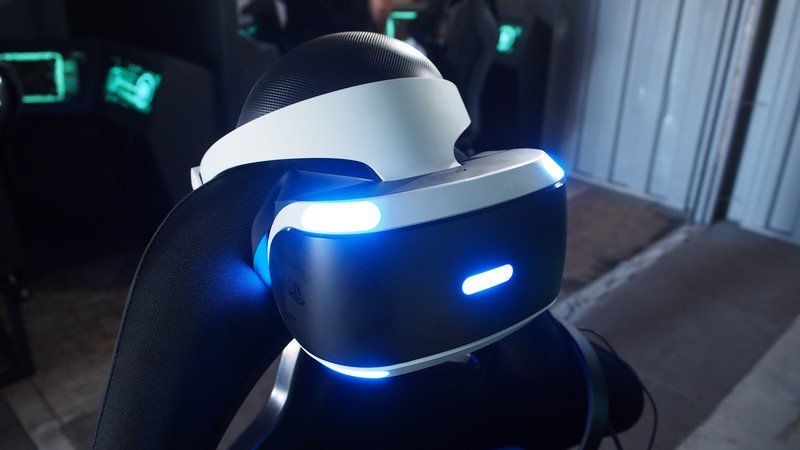
Despite making that brand new, higher-resolution camera available at launch, it appears that Sony is likely reducing its dependence on optical tracking. The PS4's DualShock 4 controller and the PSVR both feature prominent light sources that help the PlayStation Eye camera see and accurately track these devices in 3D space. If the PS5's DualSense controllers hold any indication of Sony's plans for 3D tracking on the PSVR 2, Sony won't be utilizing light as the primary tracking method.
We've seen patents from Sony regarding the technical capabilities of the PSVR 2 headset.
We've seen several patents from Sony regarding the technical capabilities of the PSVR 2 headset, particularly related to how the headset will track the space you move in, and everything points to Sony reducing its dependence on lights for tracking. These patents show cameras on the headset itself, making it more likely that Sony will be using an inside-out tracking system rather than a single camera-based system like the first-gen PSVR does. Based on the fact that each PS5 comes with a camera, however, it's not entirely clear if Sony is planning a multi-layer approach to tracking to help improve accuracy, or not.
If Sony is truly moving to a hybrid model, or even a full inside-out tracking model, it could spell huge improvements for PSVR 2's tracking when compared to the original. While the original PSVR can track 360-degree movements just fine, the controllers can be easily concealed since the camera utilizes a single light source to track them. That also means no walking around, as you can on an Oculus Quest or other system that features full roomscale tracking, and would be a huge improvement in several types of games when it comes to tracking accuracy and capabilities, at large.
What's clear with this design is that the PSVR 2 likely wouldn't be able to track the DualSense controller, while the PSVR is built to track the DualShock 4. Sony looks to be including a joystick on the PSVR 2's controllers, which would eliminate the need for tracking the DualSense controller and, thus, seems to fit right in with Sony's move to lessen the system's dependence on light-based tracking.
Music as a weapon
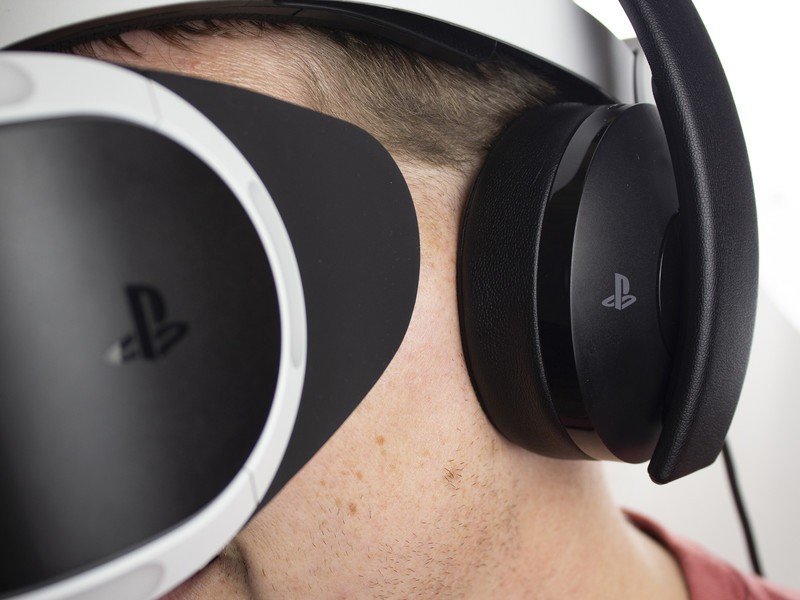
It's entirely possible that, given the focus on storage speed and brand new computational powers, that you might have missed Sony's toned-down unveiling of The Tempest Engine. Imagining yourself engulfed a story of shipwrecks and magic (from the play of the same name by William Shakespear) might just give us a glimpse of how incredible truly positional 3D audio will be when experienced in VR. In fact, those PULSE 3D headphones that ship alongside the PS5 are an incredible clue at how good the audio on the PSVR 2 is going to be.
The Tempest Engine is a dedicated hardware chip inside every PS5 that tracks the position of the player relative to the virtual environment around them. While this isn't a feature exclusive to VR games, there's no doubt that VR gaming will be the thing to take full advantage of such a feature. VR already immerses players in environments in ways that gaming on a TV or monitor simply cannot, so it goes without saying that 3D positional audio will be a massive part of what immerses players in universes created on the PS5 for the PSVR 2.
What's not clear, at this time, is if Sony will be shipping the PSVR 2 with built-in headphones, or if it'll simply ship each PSVR 2 with these PULSE 3D headphones. Regardless of how Sony does it, there's absolutely no doubt that The Tempest Engine will play a massive role in delivering truly mind-blowing positional 3D audio to players like they have never experienced before.
PS5 VR (PSVR 2): Release date, price, and everything we know so far

